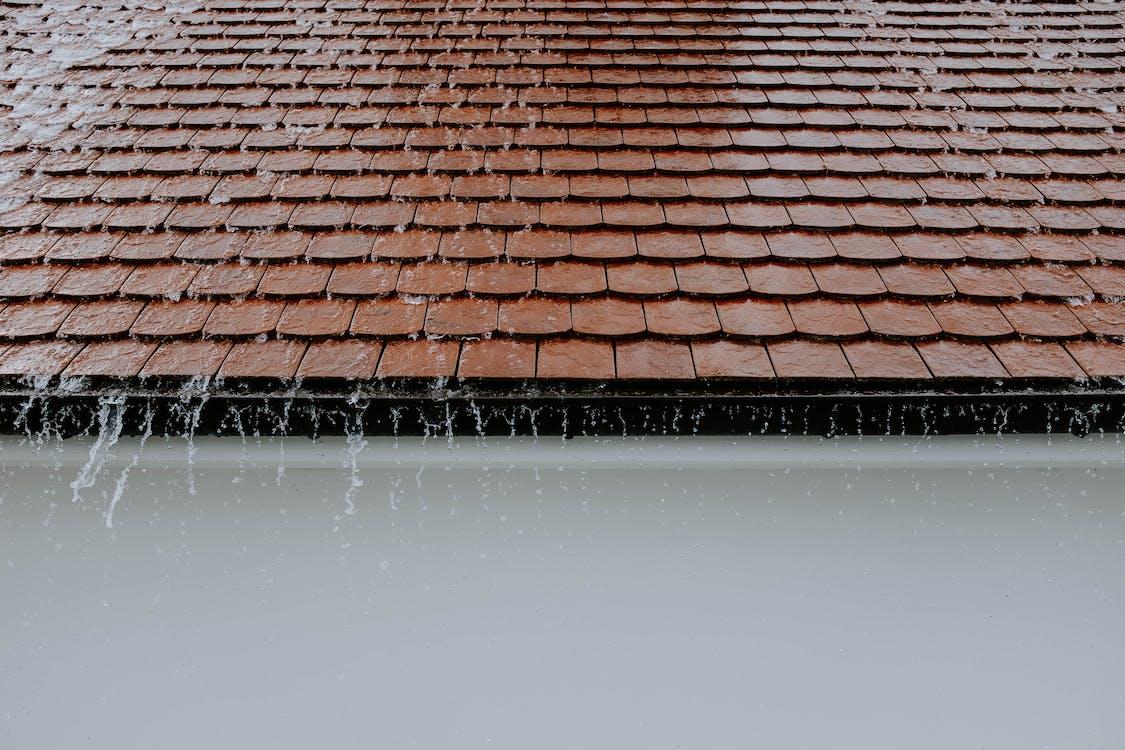Leaking roofs are every owner’s nightmare and signs of a more significant problem. It poses a probability and danger of structural erosion if not addressed immediately. Water stains that run down walls and extend across the ceiling are clear signs of a leaky roof.
Minor roof leaks lead to problems like rotten framing, sheathing, mold, damaged ceilings, and destroyed insulation. An unattended leaking roof can quickly become a costly mistake, as you may need a roof replacement in Chesapeake, VA for instance..
People who live in areas prone to heavy monsoons and thunderstorms may experience frequent leaks even with the regular roof maintenance schedule. This guide seeks to equip you with tips to fix a leaking roof to prevent more damage.
Table of Contents
Use a Tarp to Cover the Spot
A tarp is a cloth-like waterproof material that is coated in polyurethane. Tarps with UV inhibitors will serve you well and hold until you find a long-term solution. Ensure the tarps are more extensive; the thicker they are the better.
Check if there are any holes in the plywood and cover any gaps. Buy plywood and use screws every 6-12 inches to cover the area as you secure the outermost scope. Hurricanes and inclement weather are common causes of roof damage. Ensure you clear debris and carefully sweep such material off the roof before placing the tarp.
Ensure the tarp covers over an extra foot on all sides when covering the damaged area.
Roof Flashing
Roofers use galvanized steel, thin material, to direct water from critical areas of the roof. Roof flashing is commonly used around areas like chimneys, skylights, and vents to prevent leakage.
Generally, roof flashing deflects water from the critical roof areas keeping it from entering the house. To install flashing, apply caulk around the damaged area, tuck it under the required shingles, then press it to the caulk for seal.
Roofing Cement
Roofing cement is a strong adhesive used to fix leaks, holes, and other roof issues. You can also use it to reattach broken trim or shingles. Roofing cement is used for sealing and waterproofing different types of roofs. They come in two varieties:
Asphalt-based: This is used on relatively new and structurally sound roofs. Asphalt-based cement is most suitable for use on roofs over ten years old.
Polymer-based: It is not affected by humidity or rain. You can only use it on roofs that are about five years old.
You can use roofing cement to fix any holes or cracks on your roof that may cause leakages. Roof cement is readily available in many hardware stores. You can fill the gaps and spots on the roof once you clear away debris from the area. According to experts, you must place a roofing mesh over the cement.
Create Replacement Shingles
Weather extremities take a toll on the roof shingles, increasing wear and tear due to storms, rain, high summer temperatures, and wind. As a result, you may get a catalyst for a leaky roof. You open and remove damaged shingles, then replace the spoilt ones with new and sturdy ones.
In case of an emergency repair and you do not have any spare one, create a temporary one out of sheet metal. If you want to make the shingles hold stronger, apply roofing cement, then nail them down.
Replace the Pipe Flashing Boot
This process is designed for single pipe penetrations on thermoplastic roofs. When there are signs of leakage in the roof pipes, your pipe flashing boot may be the cause.
The pipe flash can crack or bust due to aging, and it is prudent to have it repaired immediately. You will need to note down the measurement of your pipe flashing, then buy the same size for replacement.
Fix Metal Fasteners
Screwed-in fasteners are the weakest parts of a roof. The fasteners are placed away from the areas that collect water at the upper folds. When the fasteners become loose due to extreme weather conditions or wear and tear, consider replacing them.
Conclusion
While some of these roof repairs look easy to do, most of these are temporary measures. You will need to engage a professional in the field for the best results.






